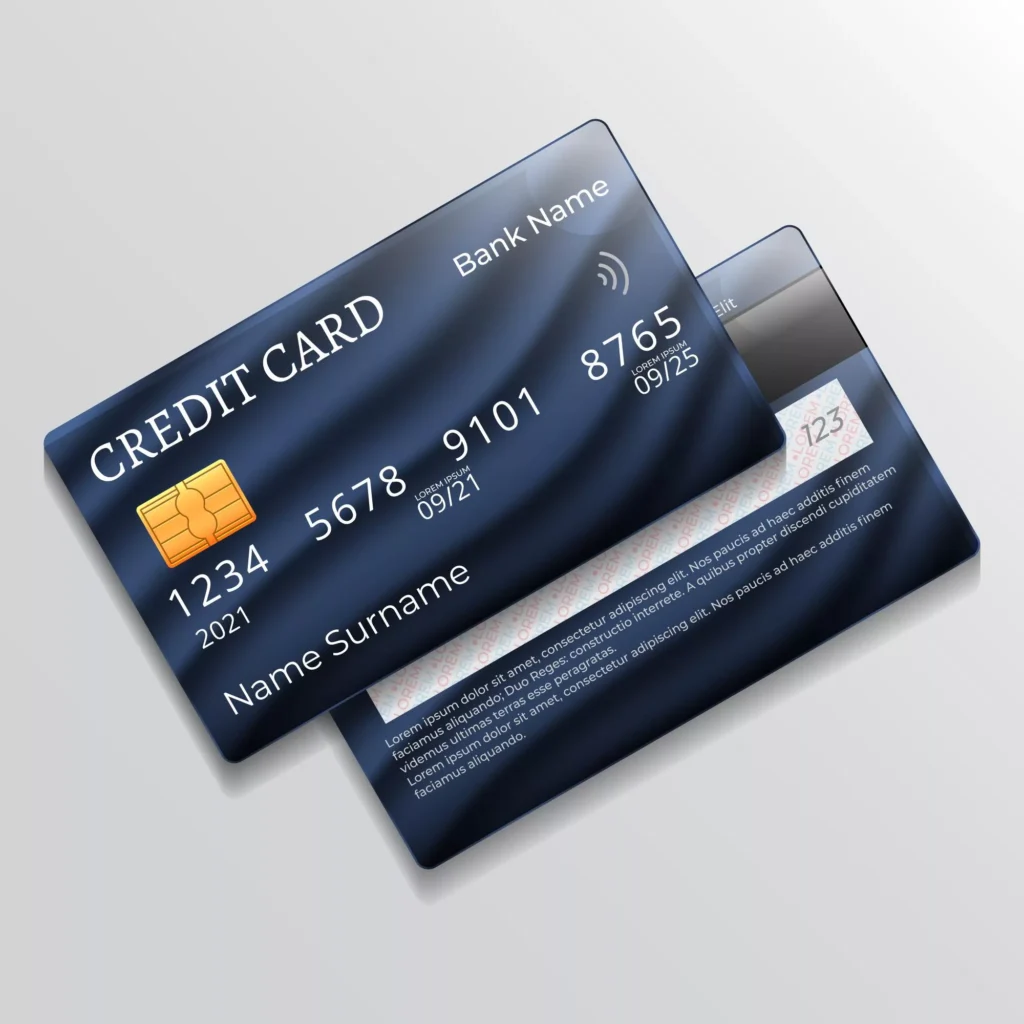
Credit cards are super handy and when used responsibly, can help manage expenses and even save money through rewards and benefits. However, understanding your billing cycle is one of the key credit card requirements for managing payments smartly and avoiding interest charges.
Each month, your credit card has a billing cycle, which tracks your spending over a set period. Once the cycle ends, you get a bill for that amount. If you delay or miss the payment, interest starts adding up. But with a few simple tricks and timing, you can easily avoid these charges, pay less interest, and boost your credit score together.
What is Credit Card Billing Cycle and Due Date?
A credit card billing cycle is the period between two consecutive billing statements. During this period, all your card payments are tracked to figure out how much you owe.
- Duration
Typically lasts around 30 days but can vary depending on the card issuer and the month.
- Transaction Recording
All purchases, payments, fees, and interest charges accumulate during this time.
- Statement Generation
At the end of the billing cycle, your issuer will send a statement summarising all activity, including the amount due.
- Due Date
The due date is usually 25 to 30 days after the statement. It is time to pay your balance before interest starts adding up. Within this time, you must pay your dues to avoid late payment penalties and other charges.
How does a Credit Card Billing Cycle Work?
A credit card billing cycle is the period during which your card activity is recorded. It also include any unpaid balance from the previous cycle. Once everything is calculated, the issuer sends you a credit card statement. This statement shows:
- A summary of your account activity, like payments and purchases.
- Interest rate applicable.
- Statement credits.
- The due date, fees, and cash advances.
How Billing Cycles Impact Your Credit Score
Your credit card billing cycle plays a key role in shaping your credit score. Here are the two biggest factors linked to billing cycles that can impact your score:
- Payment History
This shows your track record of repaying credit card bills. Making complete and on-time payments during each billing cycle keeps your credit score healthy. Missing or delaying payments can lower your score quickly.
- Credit Utilisation Ratio
This is the ratio of your available credit compared to the percentage of credit you are using. It is best to keep this ratio below 30%, as a higher utilisation ratio depicts you as credit hungry.
Staying mindful of your billing cycle helps you manage spending and pay down balances before they escalate. Keeping your utilisation ratio low and making timely payments ensures your credit score remains strong.
How to Optimise Your Billing Cycle
One of the smartest ways to meet credit card requirements is by learning how to optimise your billing cycle. This will help you avoid interest and improve your credit score. The two best ways to do it are by adjusting your payment due date and paying your bill before time.
- Change Your Payment Due Date
Most credit card issuers let you change your credit card due date to better suit your budget and cash flow. This way, you can align your bill payments with your salary or income dates.
- You’ll need to place a request with your card issuer to change the due date. Usually, banks allow only a limited number of changes per year.
- Sometimes, the new due date might take effect from the next billing cycle, not the current one. So, make sure to take notes and read the instructions carefully.
- Pay Your Bill Before the Due Date
To avoid interest charges, aim to pay your full outstanding amount before the due date.
- Early payments can lower your credit utilisation ratio before it’s reported to credit bureaus. It helps you avoid interest on unpaid balances.
- When dues are paid on time, you can also build a stronger payment history, which improves your credit score.
Simple Tips to Pay Your Bills on Time
Here are some simple tips to help you manage your credit card payments and keep your credit score healthy.
- Convert Payments to EMIs
Many cards let you convert big purchases into easy EMIs, such as the One Credit Card’s EMI conversion feature. It makes repayment more manageable. However, you need to check for any processing fees before choosing this option.
- Understand the Billing Cycle
Know your credit card’s billing cycle and grace period. Plan your purchases right after a new cycle starts to enjoy a maximum interest-free period and give yourself more time to pay the bill.
- Pay More Than the Minimum
Always try to pay more than the minimum due. Paying just the minimum adds up daily interest on the remaining balance, costing you more in the long run.
- Pay Off High-Interest Debt First
If you have multiple cards, clear the ones with the highest interest rates first. This reduces the total interest you end up paying and helps bring down your debt faster.
- Pay Off the Smallest Balance
List your outstanding balances from smallest to largest. Clear small bills first to quickly reduce the number of debts and stay motivated to continue your repayment journey.
- Use the Automatic Payment Facility
Set up automatic bill payments through your bank or credit card app. This ensures your dues are paid on time every month, helping you avoid late fees and high interest.
Managing your credit card wisely is not complicated. It’s just a matter of timing and staying on top of your payments. By knowing how your billing cycle works, you can pay less interest and boost your credit score.
If you’re looking for a card that makes this even easier, check out the One Credit Card. It comes with some great features like zero annual fees, budget and payment tracking through the OneCard app, and smart payment reminders.
It also offers 5X rewards on your top two spending categories, a 100% fuel surcharge waiver, and no hidden charges. You can quickly check your credit card details with money limits, rewards, and EMI info in one place.
You can view your billing cycle details anytime, helping you plan your payments better with this sleek metal card. Apply now and start your digital credit card journey with ease!







